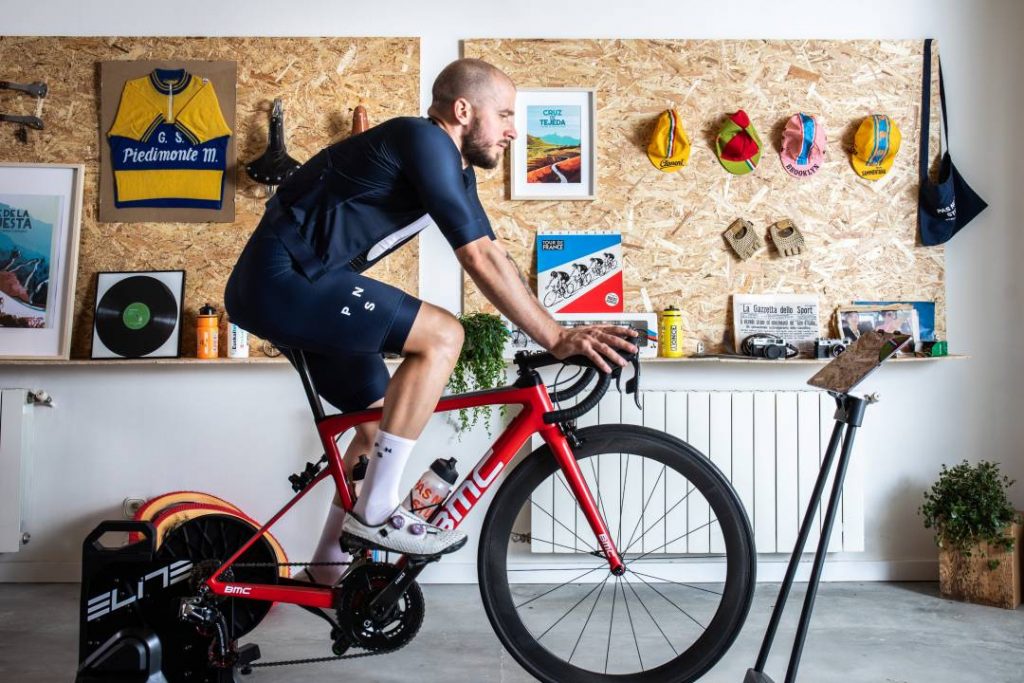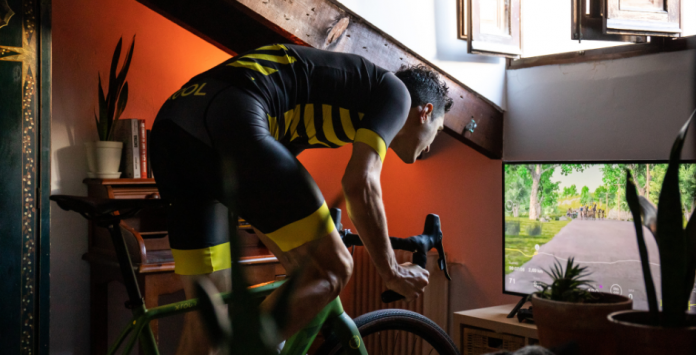Training planning has to be divided into three structural levels: macrocycles, mesocycles and microcycles.
Each of these levels has a certain duration, objectives and specific work with which you are going to achieve a better state of form, as well as having a good training methodology.
What are macrocycles?
The macrocycles are the general training organisation plan. It can be divided into different periods: annual, biannual or Olympic.
Normally, it is used by non-professional athletes of different disciplines, as it is very useful for those who are just starting their training.
This does not mean that professional athletes do not use this structural level in their routines, but it is not the most common.
The macrocycles are the most complete of the three levels and is made up of three periods: preparatory, competitive and transition.
Preparatory period
In the preparatory period the main objective is to develop and acquire sporting fitness, a key aspect if we want to compete at a good level. This period is divided into two stages: the general preparation stage and the special preparation stage.
In general preparation, the level of intensity is low while the volume of work is high. This is intended to create a base for subsequent higher intensity work.
In the special preparation stage, the aerobic base is developed. In the same way, the special physical capacities of the sport also begin to improve and the intensity of the exercises is increased.
Competitive period
In this period the objective is to maintain the physical fitness that we have managed to achieve during the preparatory period.
Transition period
This is a period that is applied with the aim of avoiding the conversion of the cumulative effect of training into overtraining. In this way we will ensure training sessions are kept at a level at which overexertion and demands too high to the athlete’s possibilities are not posed.
During this period the previously acquired physical fitness is temporarily lost, but this does not mean that it is based on standing still during the training process.
The objective is not to overexert ourselves when there is little time left for a competition. In this way we will avoid possible injuries, becoming too tired or experiencing muscular problems.
What is a mesocycle?
A mesocycle is a period made up of microcycles. It is a block of specific training that is part of a larger macrocycle.
Depending on the objectives we set ourselves and want to achieve, we will have to apply a certain number of microcycles to be met. Normally, a mesocycle has at least two microcycles.
The two fundamental types of mesocycles that we are going to find are the fundamental and the typical ones.

Fundamental mesocycles
The fundamental mesocycles are divided into four different types: basic, developmental, stabilisation and competitive mesocycles.
The basic mesocycle allows the increase of the functional possibilities of the organism in athletes. This is the primary mesocycle for the preparation of professional athletes.
The development mesocycle is also quite important, since athletes will have a higher level of work capacity. In this period, the training loads are increased, mainly those of volume.
In the stabilisation period, on the other hand, the training load decreases, although its components are not reduced. Thanks to this, there is a fixation in the chronic restructuring of the athlete’s organism.
As far as the competitive ones are concerned, these constitute the fundamental average cycles that exist during a competition.
What is a microcycle?
A microcycle is a small training organisation structure. It lasts about a week and is divided into three fundamental groups; basic, shock and recovery microcycles.
Basic microcycles are characterised by increased loads. They have the main objective of increasing the volume and limiting the level of intensity in the training units.
With shock microcycles the usual training routine is broken. This period forces our body and organism to adapt to both high volumes of load and intensity.
Finally, as for the recovery microcycles, as their name suggests, they are used after having used very intense microcycles, with the aim of giving our body a good period of recovery and rest. It is almost always used after having performed shock microcycles.
Once you have seen the different ways to structure your workouts and taking into account your physical capabilities, apply these methods to your different routines in BKOOL. This simulator has its own workout design in which you can organise these training blocks. This will help you to achieve a very complete training structuring, where you will work in different ways and with a good planning criteria.













